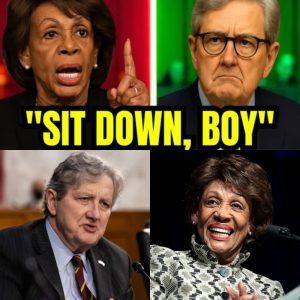Federal and state authorities have released a significant update on the investigation into the assassination of conservative activist Charlie Kirk, revealing crucial new evidence that may reshape public understanding of the case. The Department of Justice and Utah state prosecutors jointly outlined a more detailed timeline of events, confirming that further charges could soon be filed. Investigators have spent months examining surveillance footage, online communications, and financial records related to Tyler Robinson, the man accused of carrying out the killing. This latest update clarifies that Robinson may not have acted alone, suggesting the presence of additional individuals possibly involved in planning or aiding the attack.
According to the report, digital forensics revealed “coordinated digital activity” involving Robinson and several unidentified people before and after the shooting. Authorities found encrypted messages with strategic and ideological undertones, hinting at a broader network of influence rather than an isolated act of violence. While prosecutors have avoided labeling the case a conspiracy, they acknowledged that the ongoing review of digital evidence points to potential organized collaboration. This revelation raises questions about whether the assassination was politically motivated or influenced by extremist ideology spreading through online communities.
Forensic developments have also played a central role in the investigation. Ballistics experts determined that the weapon used — a modified semi-automatic handgun — had been illegally altered, violating federal firearm laws. Tracing the gun’s history revealed that it had changed hands several times through private sales before reaching Robinson. As a result, the Bureau of Alcohol, Tobacco, Firearms, and Explosives (ATF) launched a parallel inquiry into possible straw purchases or trafficking violations tied to the weapon. These findings suggest that the attack’s roots extend beyond Robinson himself, raising broader concerns about the accessibility of illegal firearms and the loopholes that enable their circulation.
One of the most striking updates came from new witness testimonies. Two witnesses recently stepped forward, providing accounts that challenge earlier assumptions about Robinson’s independence. One reportedly saw him meeting with an unidentified man days before the shooting, while another described him as “calm but determined,” noting that he frequently spoke of targeting public figures to make a statement. These statements have expanded the investigation’s focus beyond motive to explore whether Robinson had external support or ideological reinforcement. Investigators are now scrutinizing whether these influences played a direct role in his decision to target Kirk.
The update also summarized findings from Robinson’s psychological evaluation, which his defense team plans to emphasize in court. Experts concluded that Robinson was legally competent at the time of the shooting but exhibited long-term mental distress and susceptibility to online radicalization. Prosecutors intend to argue that these factors, while illuminating, do not excuse his actions but instead highlight how extremist rhetoric can lead to real-world violence. In contrast, Robinson’s lawyers continue to claim he acted alone, framing the incident as a product of deteriorating mental health rather than political intent. This clash of narratives is expected to be central to the upcoming trial.
Following the update, Charlie Kirk’s family released a brief statement thanking investigators and urging restraint from political interference. They expressed faith that “truth and justice will prevail,” echoing Kirk’s commitment to open dialogue. Meanwhile, supporters have renewed calls for tighter security measures at public events as polarization heightens threats to public figures. Prosecutors confirmed that Robinson’s trial will begin early next year, with jury selection scheduled for February. Authorities also hinted that the case could widen if new evidence ties other suspects or online collaborators to the plot. While no political organization has been directly implicated, officials continue to monitor extremist groups celebrating the attack and caution against potential “copycat” incidents. Ultimately, this update underscores the investigation’s complexity — a case unfolding not only in courtrooms but across digital networks — serving





